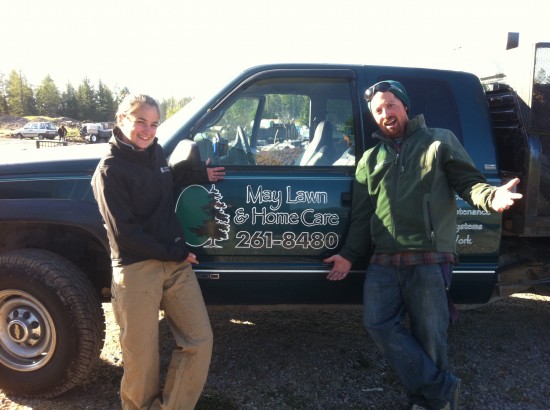To program or adjust your irrigation controller you will need to think through a few items. Â You will want to know what area each zone waters. Â Usually this is written in your manual inside the controller. Â Then you will want to determine when, how long and which days you want to water each zone. Some basic starting point would be…
- Turf lawn 20 minutes on rotors and 10 minutes on sprays
- Drip on shrubs 30 minutes
- Native areas 20 minutes on rotors and 10 on sprays
After you have determined this you can then group the zones that need the same days watering and start time into  a program.  Then enter start time and days per program.  Each zone with in the program will be ran in succession at the start time programmed  on the days requested but the run time for each zone will be different as per programmed in zone run times.  An example would be..
- Program  A for turf lawn areas-every other day in spring and daily in July and August, start at 5am
- Program B for drip on shrubs-once a week or 2 times a week in July and Aug, start at 4 am
- Program C for native areas-2 times a week, start at 8am
Careful!  You only need ONE start time per program but will need zone run times for each zone.  If you find that you would like a second start time for the program due to excessive heat in July or Aug you can then add  a pm start time or one very early am.  We recommend watering in the early morning hours just before sun rise to reduce evaporation but all reduce the amount of time before the sun will dry the leaves as to reduce mold issues.
Once you have programmed your controller or adjusted it make notes as to what you have done so that you will be able to refine your landscapes needs.
If you have the Auto Adjust setting you will need to have all the information programmed on the left side of the dial.  When we install the sensor we fill in this information and it is saved in your controller.  Adjustments you may want to  play with is the Add/Subtract.  This is how you can inform the sensor to increase or reduce the watering time it determines with the information it is accumulating.  If you adjust the zone run time it will NOT affect the end result, you must adjust in the Add/Subtract section.  The Auto Adjust listens to the days you tell it to water and the start time but it determine the watering time on the weather data and past watering times.
If your Auto Adjust or Sensor show orange or red this means that the watering is on hold due to weather.  To determine if you have communication between the sensor and the panel look for the antenna icon in the bottom, middle of the display.  If the controller will not go into Auto Adjust mode it may be due to lack of communication  or due to missing information.
For more information check out the You Tube videos or look up the trouble codes in the manual inside you panel




